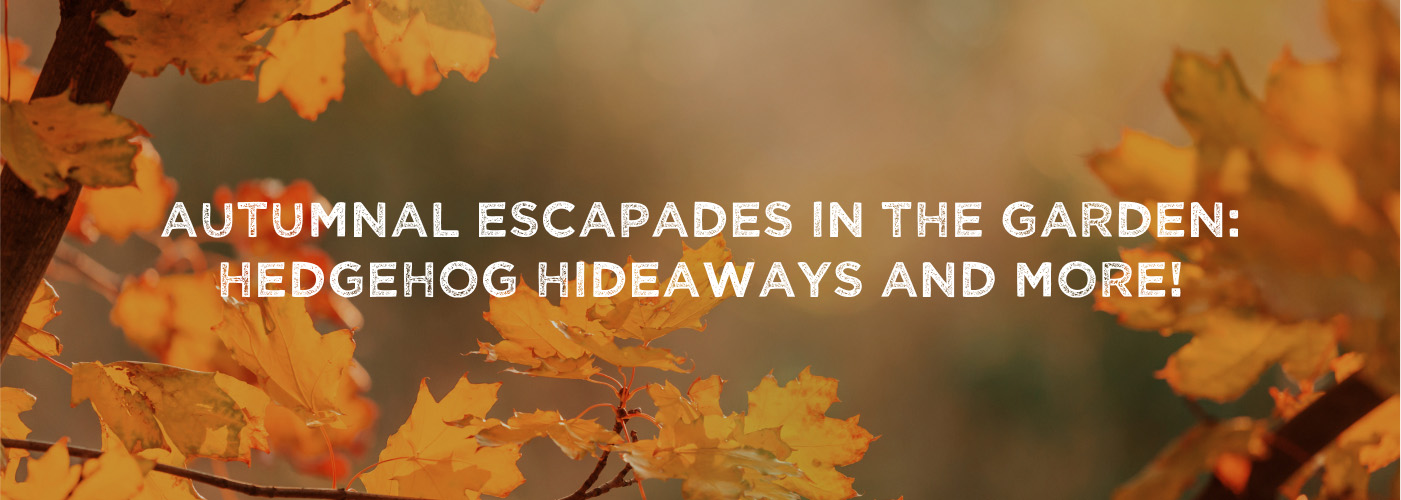
Autumnal Escapades in the Garden: Wildlife Wonders & Activities
As the leaves start to turn and the air crisps up, gardens across the UK become the stage for the hustle and bustle of autumnal activity from the season’s animals and hibernators. From the rustling of hedgehogs to the final dance of butterflies, there’s a world of wildlife wonders right outside our doors. Read on to learn more about what animals come out in Autumn.
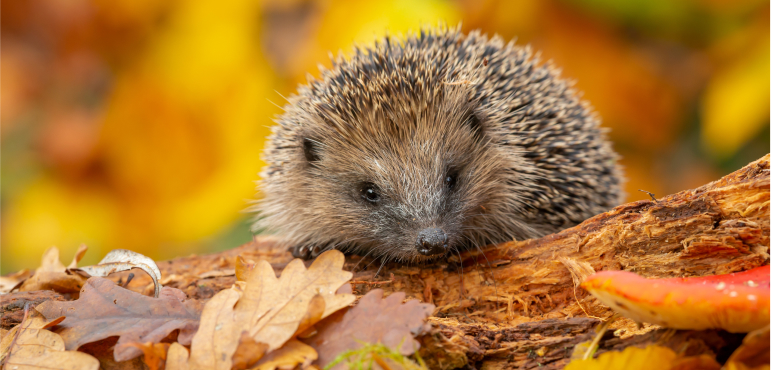
Animals Seen in the UK During Autumn
- Birds: As the season shifts, so do the skies. Migratory birds like swallows and house martins bid farewell, while fieldfares and redwings make their grand entrance, seeking the UK’s milder winter climate. Redwings are the smallest thrushes in the UK and, as the name suggests, you can spot them due to their orangey-red feathers underneath their wings.
- Mammals: Hedgehogs scuttle through the underbrush, foxes can be spotted more frequently, and bats take to the skies in their late-season feeding frenzies. P.S. Did you know that The UK is home to 18 species of bat? They fly so fast that it can be hard to tell the difference during a chance encounter.
- Insects: While many insects retreat, resilient butterflies and moths, such as the red admiral, can still be seen fluttering on milder autumn days. Fun fact, red admirals can have a wingspan as large as 3 inches!
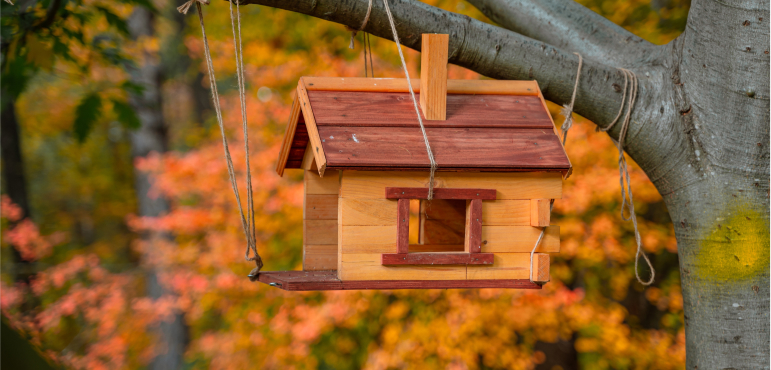
Activities you can do to Care for Wildlife in Autumn
- Feeding Stations: As food becomes scarcer, now’s the time to set up bird feeders stocked with seeds and fat balls that can be a lifeline for our feathered friends. Fresh water sources, too, are vital, especially on frosty mornings.
- Hedgehog Hideaways: These prickly guests are on the lookout for a cosy hibernation spot. Crafting a leafy, sheltered space in a quiet garden corner can be a sanctuary for them.
- Insect Hotels: A bundle of twigs or a purpose-built insect hotel provides a haven for insects over the winter, ensuring a healthy population for the next year.
- Pond Care: If you have a pond, ensure it doesn’t freeze over entirely. This allows amphibians a safe space and ensures gases can escape from the water.
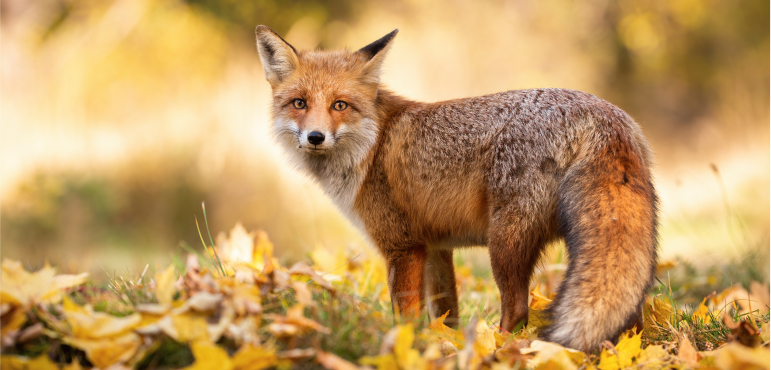
Specific Animal Behaviours in Autumn
- Hedgehogs: As they gear up for hibernation, hedgehogs are on a constant search for food. Their rustling can often be heard during the twilight hours. Keep an eye out from 6pm to have the best chance of spotting them.
- Foxes: Their haunting calls become a familiar sound, and you might spot them more frequently as they forage to build up reserves for winter. Scientists have documented 18 different types of fox calls from both males and females.
- Bats: These nocturnal acrobats can be seen swooping through the skies, catching insects and preparing for their winter rest. Bats navigate through ‘echolocation’, using sound to measure vibrations as distance and movement of their prey.
- Birds: Their songs change, and flocking behaviours become more prominent, especially as starlings create mesmerising shapes, scientifically referred to as ‘murmurations’, in the sky. It’s a remarkable sight and worth hunting out a local spot if you can.
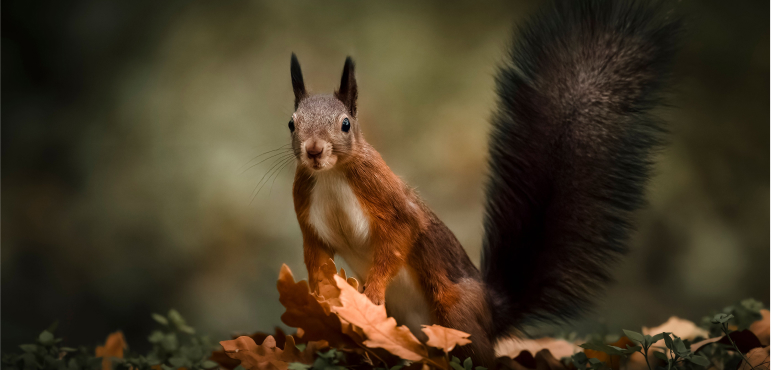
Hibernation and Seasonal Movement of Animals
- Understanding Hibernation: Creatures like hedgehogs, bats, and some amphibians enter a deep sleep, conserving energy when food is scarce. This keeps their energy low while their bodies use up the food and energy reserves from earlier in the year when food was plentiful.
- Migration: Birds embark on incredible journeys, some travelling thousands of miles to warmer climates. The longest UK migration is from the Arctic Tern, travelling nearly 60,000 miles from England to Antarctica.
- Adaptation: Animals such as squirrels don’t hibernate or migrate. Instead, they adapt, storing food and growing thicker fur to face the colder months.
Autumnal escapades are more than just activities; they’re moments of connection with nature. By understanding, aiding, and simply observing, we become part of this wondrous cycle. So, as you sip your warm drink on a cool autumn evening, take a moment to listen, watch, and appreciate the autumn animals preparing for winter in your garden. And why not grab a Nature Valley bar while you’re at it!
